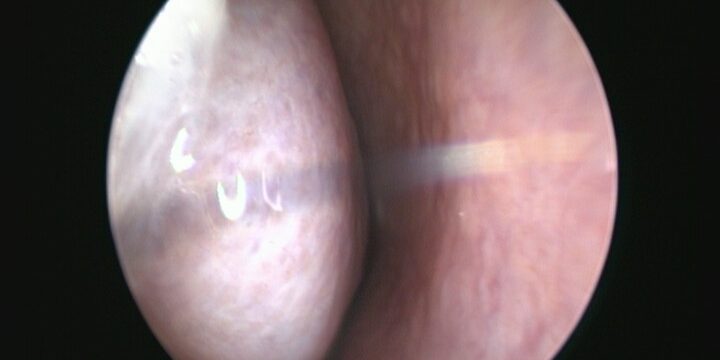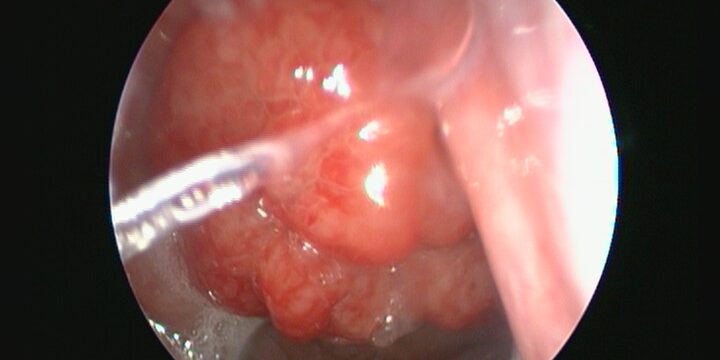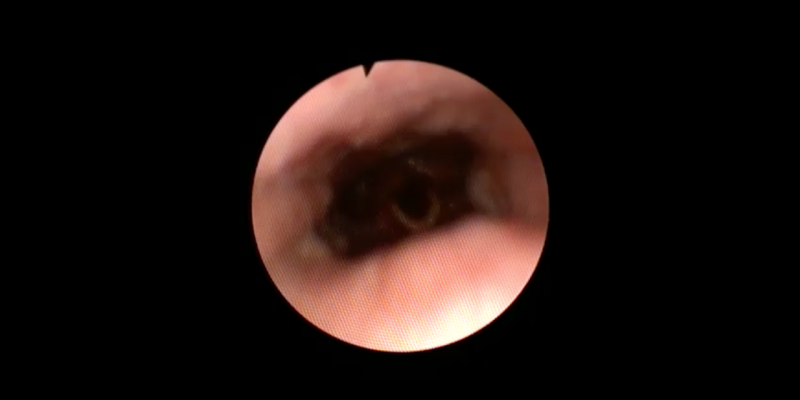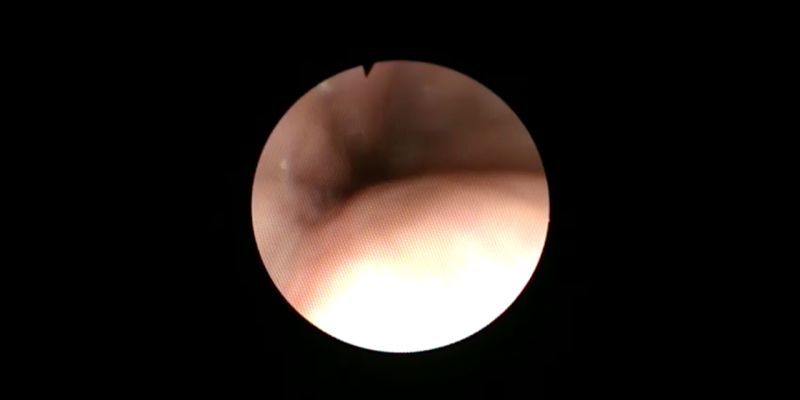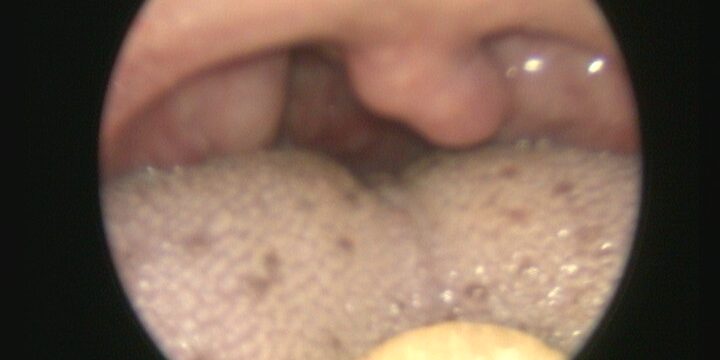Obstructive Sleep Apnoea
Obstructive Sleep Apnoea (OSA) is one of the commonest sleep disorder affecting the community. It is characterized by obstruction of upper airway where there is a repetitive episodes of cessation of breathing during sleep. It is usually associated with reduction of oxygen saturation in the blood and also snoring.
Individual suffering from obstructive sleep apnoea might be suffering from early morning headache and dizziness, daytime sleepiness and fatigue, poor memory and concentration, mood changes such as irritability, anxiety and depression. Night symptoms might includes increased urination and frequent awakening. Frequently, the sleeping partner would be complaining of the loud snoring and also they might witness the events where the patient stopped breathing and then followed by episodes of gasping for air.
Obstructive sleep apnoea in children may be presented in different ways where hyperactive, irritability, snoring and bedwetting are the common symptoms in children. Teacher might be complaining that the child is falling asleep in the class and the child might be performed badly in school due to poor attention and memory.
Obstructive sleep apnoea might lead to gastro-esophageal reflux, uncontrolled hypertension, diabetes mellitus, stroke, ischemic heart disease, congestive heart failure and even sudden death due to heart attack. It also causes social problem where patient might be having problem at work due to excessive sleepiness and safety problem on the road while driving. Marital issue might arised due to irritability and also depression. Obesity might lead to obstructive sleep apnoea and due to obstructive sleep apnoea the hormonal level would be deranged and which might lead back to increase body weight.
Sleep study or polysomnography test should be done to ascertain the diagnosis of obstructive sleep apnoea and awake fibre-optic nasopharyngolaryngoscopy examination should be performed to determine the level of obstruction. Sleep endoscopy might be a more precise investigation but its lack of practicability. Weight, neck circumference and body mass index are crucial for holistic management of the patient. Blood pressure and blood sugar level should be determined to help in detecting the complication of the disease.
Holistic treatment of would includes weight management, medical management and surgical management. Continuous Positive Airway Pressure (CPAP) machine might be very effective in maintaining the patency of airway during sleep. Meanwhile, if there is obvious level of obstructive in the upper airway, surgical management might be an adjunct to the CPAP or as the only treatment per se.
Obstruction of the airway usually occurred at multiple level and sites. The airway passage start from the nose, nasopharynx, oropharynx, hypopharynx, larynx, trachea and lungs. Upper air way obstruction is the obstruction that blocks the airway any where from the nose till the larynx. In the nose, inferior turbinates hypertrophy, deviated nasal septum, polyp or mass might cause the obstruction in the nasal cavities. Adenoid hypertrophy will be causing obstruction in nasopharyngeal level. Tonsillar hypertrophy, low lying soft palate, elongated uvula and webbing of the tonsillar pillars might contribute to obstruction at the oropharyngeal level. Lingual tonsil hypertrophy and epiglottis cyst will cause the obstruction at the hypopharyngeal level.
Septoplasty, turbinoplasty or endoscopic sinus surgery can be done to alleviate the obstruction in nasal cavity. Adenoidectomy is needed if the adenoid appeared hypertrophy and Modified Cautery Assisted Palatal Stiffening Operation (CAPSO) might be helpful in strengthening the floppy soft palate. Tonsillectomy and pharyngoplasty are usually done if the obstruction noted to be at the level of tonsils. Tongue base might be radio ablated and lingual tonsil might be removed if its cause obstruction. Type of operation is depend on sites of obstruction.
Surgical operations related to OSA are such as:
-Septoplasty
-Turbinoplasty (Conventional/Radiofrequency)/Turbinectomy
-Adenoidectomy (Coblator, Diathermy, microdebrider, curretage)
-Modified Cautery Assisted Palatal Stiffening Operation (CAPSO)
-Uvulopalatoplasty
-Tonsillectomy (coblator, harmonic scalpel, diathermy, radiofrequency tonsillectomy)
-Pharyngoplasty
-Radiofrequency ablation of Base of tongue
